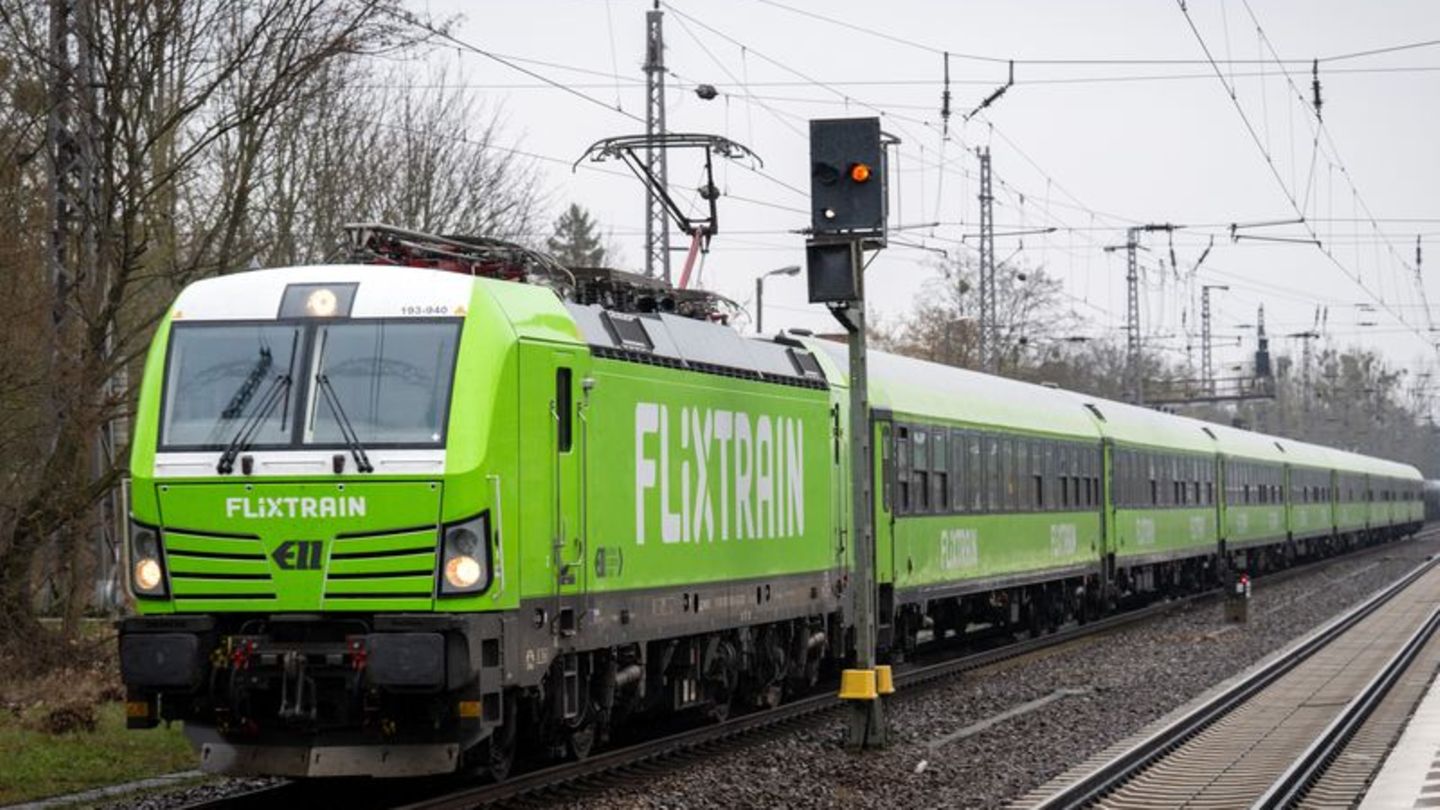Giorgetto Giugiaro is the last living grand master of Italian car design. He celebrates his international comeback in the classic way: with the implementation of an old idea.
At 84, Giogrio “Giorgetto” Giugiaro is certainly no longer the youngest. Above all, he has reached an age when others have long stopped working. But the Italian designer is as busy as ever. And what automobiles he has not already designed in the past: After he founded his own styling office Italdesign in 1968, the automotive world queued up to get designs from him. It was not only the Italian brands such as Alfa Romeo (Alfasud, 156, Brera), Fiat (Panda, Uno, Croma) or Lancia (Delta, Thema), but also German manufacturers: BMW had the M1 designed here, Audi in the 80s and for Volkswagen in the 1970s Giugiaro was something like the purveyor to the court: the Golf, Passat and Scirocco, for example, are creations of the Italian who came from a family of artists. But creations for small series manufacturers made him a legend, for example the breathtaking Maserati Ghibli from 1966, the super-flat Lotus Esprit or the DeLorean DMC, the automotive superstar from “Back to the Future”.
Despite his great reputation, Giugiaro has never been afraid to share his expertise with others. In the industry, he is still considered sociable, creative and open to criticism. Nor did he shy away from working for little-known companies and designing butter-and-bread cars. Asian brands in particular have always been welcome. Nevertheless, he remembers with a smile how he met Hyundai boss Chang in the winter of 1973/1974. Shortly before that, Giugiaro had presented the Audi Pik As study at the Frankfurt IAA – an angular coupé that perfectly captured the spirit of the 1970s.
“When we were talking about designing a Hyundai, I had no idea what it was all about,” Giugiaro recalls. “At first I thought he wanted a one-off.” In the 1970s, that was definitely the case still common to enrich the personal collection with a unique piece. But Chang wanted something completely different: a series-ready coupé based on the compact Hyundai Pony. And the Maestro delivered: angular, clear lines, as they dictated modern sports car design at the time. If you see the study today and without reference to the brand, it could also be a small four-seater coupé from Maserati or Lamborghini. Only the proportions are different. With a length of four meters and a wheelbase of 2.3 meters, the vehicle was of course extremely compact. And an 82 hp, 1.3 liter four-cylinder engine wasn’t exactly what you’d expect from a supercar either.
Two other things were important to the Hyundai boss: Giugiaro’s design should be ready for series production and the vehicle should be built in Korea. That made the Italian skeptical – until he visited the Hyundai plant in Ulsan and saw the enormous speed of development of the still young brand. It also challenged Giugiaro: just under a year after signing the contract, the production-ready vehicle made its debut at the 1974 Turin Motor Show. Ultimately, however, series production failed not because of the design, but because of economic constraints. Hyundai, then almost exclusively present on the domestic market, needed popular cars for Korea. And so Giugiaro’s study fell into oblivion and eventually disappeared altogether. Nobody can say where it is today or whether it still exists at all.
This gave Luc Donckerwolke, creative director of the Hyundai Motor Group, a bold idea: a remake of the concept car of yesteryear, in the style of yesteryear, without electrification or restomod elements. And because the whole thing should be as authentic as possible, only Giorgetto Giugiaro himself came into question for the implementation – also because Hyundai no longer has any plans for the vehicle. So it was a good thing that the old master is still in business. After he sold his design office to the Volkswagen Group a good ten years ago, but then left again due to differences of opinion and Teutonic ways of thinking, he now runs his own creative office again. It is called GFG because the next generation is on board with son Fabrizio. Customers primarily include Chinese companies who want to benefit from the glamor of Italian design at home. The order from Hyundai, a long-established global corporation, represents something of a comeback by Giugiaro.
At the same time, it was a huge step backwards for Giugiaro. Because nothing is left of the original and the car should look exactly like this, the GFG people had to work as they did 50 years ago. “There were no suitable suppliers, only the old drawings,” the star designer sums up. And so the vehicle was created by hand without CAD programs, in the classic way from sheet metal – which was more expensive and complex than the original at the time, because the construction of prototypes is now carried out using different processes. But learned is learned, only the glass fiber specialists were condemned to watch. “In fact, the quality was almost the biggest problem,” reveals his son Fabrizio: “Today we do everything much more precisely than we did back then. But that shouldn’t be, it would have been fake. The trick was to build a show car today that looks just like it did back then, even down to the last detail. That was a change for us.” That makes father Giorgetto smile: “That’s why I would be overjoyed to be able to work with Hyundai on a current project.” Design boss Donckerwolke can well imagine such a cooperation.
Source: Stern
I’m a recent graduate of the University of Missouri with a degree in journalism. I started working as a news reporter for 24 Hours World about two years ago, and I’ve been writing articles ever since. My main focus is automotive news, but I’ve also written about politics, lifestyle, and entertainment.




